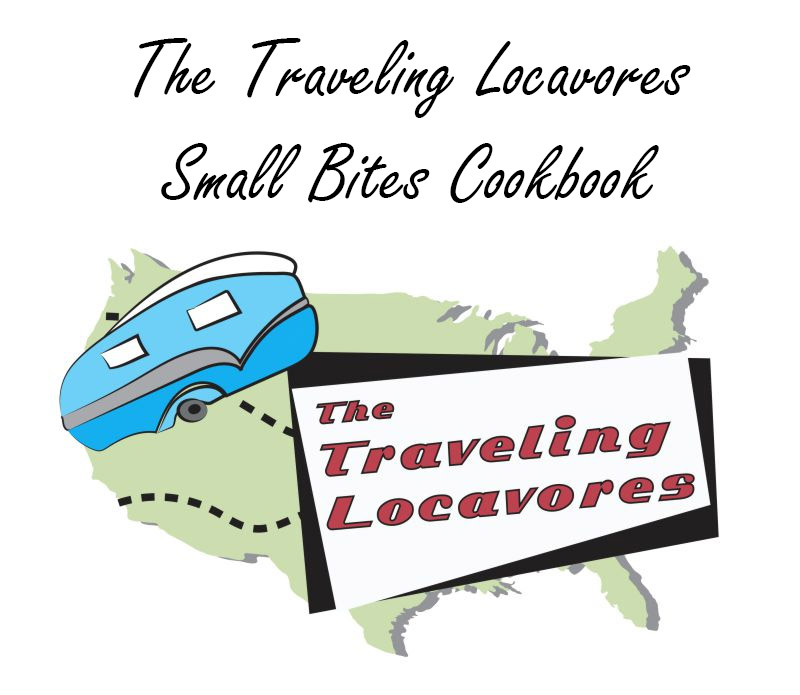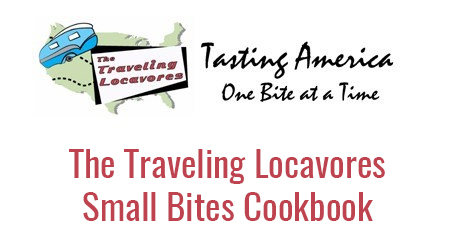The same day that Steve and I went to the American Jazz Museum, we also visited the Negro Leagues Baseball Museum. We had a very good reason for the twofer. They shared the lobby at 1616 East 18th Street in Kansas City Missouri!

The Negro Leagues Baseball Museum also known as NLBM

Donors wall at the not for profit museum.

Me and a ton of baseball bats at the Negro Leagues Baseball Museum
It was so interesting to learn so much about this talented, but not well known, baseball league. This league existed in an era of segregation. Thank goodness that is no longer the case. In an ideal world “all men (and women) are created equal” would be an ideology that everyone shared!
Negro Leagues Baseball Museum

This honors the Negro Leagues from 1920-1950

The Early Years
Originating in a one room office in 1990, the Negro Leagues Baseball Museum is a privately funded, not-for-profit organization dedicated to preserving and celebrating the rich history of African-American baseball and its profound impact on the social advancement of America. In 2006, the United States Congress designated the NLBM as “America’s National Negro Leagues Baseball Museum.” The museum helps ensure that the legacy of the Negro Leagues plays on to inspire future generations!
Where History Touches Home
The Negro Leagues Baseball Museum is the only museum in the world dedicated to preserving and celebrating the rich history of African-American baseball and its impact on the social advancement of America. Established in 1990 it is a privately funded nonprofit in the heart of Kansas City, Missouri’s Historic 18th and Vine Jazz District. The Negro Leagues Baseball Museum is just two blocks from the Paseo YMCA where Andrew “Rube” Foster established the Negro National League over 100 years ago, in 1920.

Statue of Buck O’Neill
The Negro Leagues Baseball Museum opened its doors to the public in a tiny, one room office space in 1991. Back then, building a permanent facility that would pay rightful tribute to America’s unsung baseball heroes was merely a dream. In November of 1997, under the leadership of its late chairman John “Buck” O’Neil, that dream became a reality when the Negro Leagues Baseball Museum moved into its new 10,000 square-foot home inside a cultural complex known as the Museums at 18th and Vine.

Play Ball!

Baseball field complete with scoreboard at the NLBM
Since that time, the Museum has welcomed more than 2 million visitors. It has also become one of the most important cultural institutions in the world for its work to give voice to a once forgotten chapter of baseball and American history. In July of 2006, the Negro Leagues Baseball Museum gained National Designation from the United States Congress earning the distinction of being “America’s National Negro Leagues Baseball Museum.”
NEGRO LEAGUES HISTORY

The Early Years

Baseball memorabilia at the Negro Leagues Baseball Museum
African-Americans began to play baseball in the late 1800s on military teams, college teams, and company teams. They eventually found their way to professional teams with white players. Moses Fleetwood Walker and Bud Fowler were among the first to participate. However, racism and “Jim Crow” laws would force them from these teams by 1900. So black players formed their own units, “barnstorming” around the country to play anyone who would challenge them.

The Negro League World Series
Under the guidance of Andrew “Rube” Foster, a former player, manager, and owner for the Chicago American Giants, guided in forming and organized league structure in 1920. In a meeting held at the Paseo YMCA in Kansas City, MO, Foster and a few other Midwestern team owners joined to form the Negro National League. It wasn’t long before rival leagues formed in Eastern and Southern states, bringing the thrills and innovative play of black baseball to major urban centers and rural countrysides in the United States, Canada and Latin America. The Leagues maintained a high level of professional skill and became centerpieces for economic development in many black communities.

Jackie Robinson
In 1945, Major League Baseball’s Brooklyn Dodgers recruited Jackie Robinson from the Kansas City Monarchs. Robinson became the first African-American in the modern era to play on a Major League roster.

Legends Satchel Paige and Jackie Robinson
While this historic event was a key moment in baseball and civil rights history, it prompted the decline of the Negro Leagues. The best black players were now recruited for the Major Leagues, and black fans followed.

Baseball artifacts
The last Negro Leagues teams folded in the early 1960s. But their legacy lives on through the surviving players and the Negro Leagues Baseball Museum.

The front of Joe’s Kansas City Bar-B-Que and gas station
Somehow all the baseball made us famished! I guess it made us feel like we were at a ballpark. And what do you do at a ballpark while you’re watching the game? Eat. Of course! And we were in Kansas City so it had to be BBQ. We headed to Joe’s Kansas City Bar-B-Que original location in a gas station in Kansas City, Kansas.

The casual inside of Joe’s Kansas City Bar-B-Que

Just to remind you that you are in a gas station there’s motor oil for sale at the cashier!
The place was so cool!!! There were actually still a couple of gas pumps out front, but when you walked inside you knew you were in a classic BBQ joint. The smokey aroma was intoxicating. And the blackboard menu was dizzying with the huge number of choices. Tempting as it was we decided to restrain ourselves and took home brisket, sausage, dirty rice and luscious beans with tasty bits of burnt ends.

Listed among Anthony Bourdain’s 13 places to eat before you die!

More accolades for Joe’s

And still more recognition!
There was an entire wall devoted to accolades from various food critics and celebrities. Joe’s is even on the late Anthony Bourdain’s list of 13 places to eat before you die! WOW! Imagine putting Joe’s Kansas City Bar-B-Que on that list with the likes of Thomas Keller’s French Laundry and Eric Ripert’s Le Bernardin.

Sausage and Brisket from Joe’s Kansas City Bar-B-Que
Photo Credit: Website

Dirty Rice and Baked Beans with Burnt Ends were yummy sides
Photo Credit: Website
Was it delicious? Yes it was! Did the food live up to the hype? Kind of. The meats were succulent, smokey and very flavorful. The sides were superb. I’m just not sure I could justify putting it on that list. But I am sure that I’m glad we went and got a taste of authentic Kansas City BBQ!









